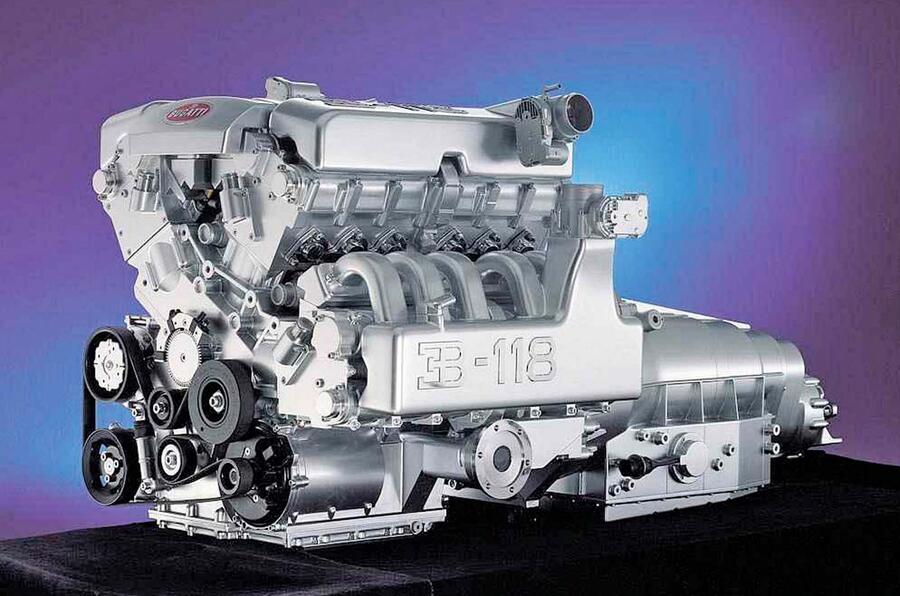The Evolution of Bugatti: From W18 to W16
Back in 1999, the Geneva Motor Show was abuzz with excitement as Bentley and Bugatti unveiled their latest creations. Bentley showcased an impressive 8.0-litre W18 supercar, while Bugatti presented the EB218 concept, a sleek saloon version of the EB118. The goal was clear – for Bugatti to reclaim its pre-war glory and position in the market.
It was a time of innovation and ambition, with Volkswagen’s W12-engined Syncro supercar still in the works. The EB218 even earned “benchmark” status from Mercedes’ Maybach team, showcasing Bugatti’s potential in the luxury car market.
Following these initial reveals, Bugatti continued to push boundaries with the 18/3 Chiron and 18/4 Veyron supercar concepts, setting the stage for what was to come.
However, by 2000, development of the W18 engine had hit a roadblock. The high costs associated with producing both 16- and 18-cylinder engines raised concerns, even for the likes of Piëch.
Despite setbacks, Bugatti pressed on with the 18/4 Veyron, offering select individuals a sneak peek under strict confidentiality. Piëch reassured skeptics by claiming, “We have the technology under control.” Yet, the project underwent further changes, ultimately evolving into the 16/4 Veyron with a simpler W16 configuration.
While the Veyron project faced criticism for its escalating costs, Bugatti remained committed to pushing the boundaries of automotive engineering. With other planned models scrapped, the focus shifted solely to the Veyron.

Despite the challenges and doubts surrounding the Veyron project, Bugatti’s unwavering determination and innovation ultimately led to the creation of an iconic supercar that would redefine the automotive industry.







